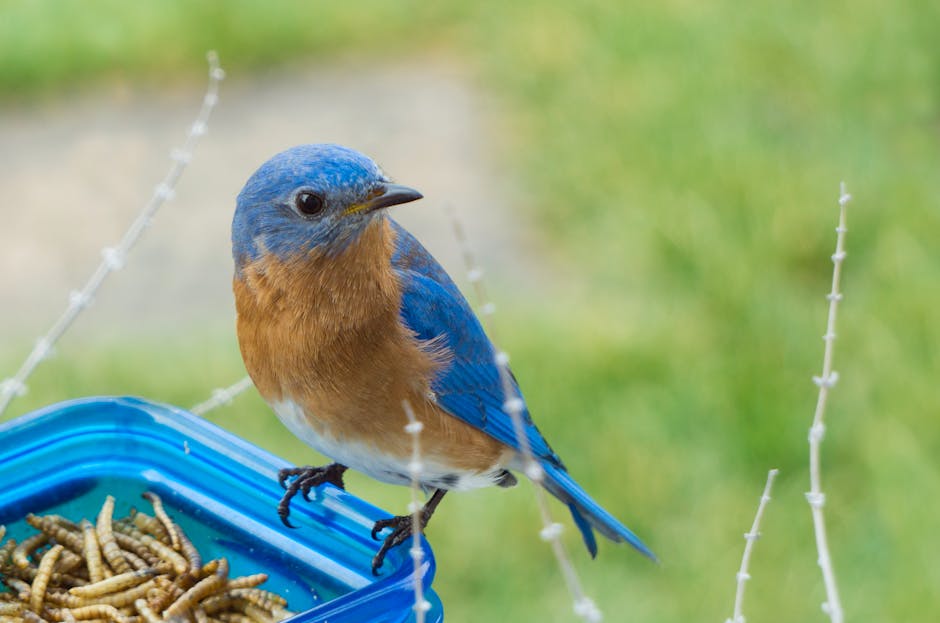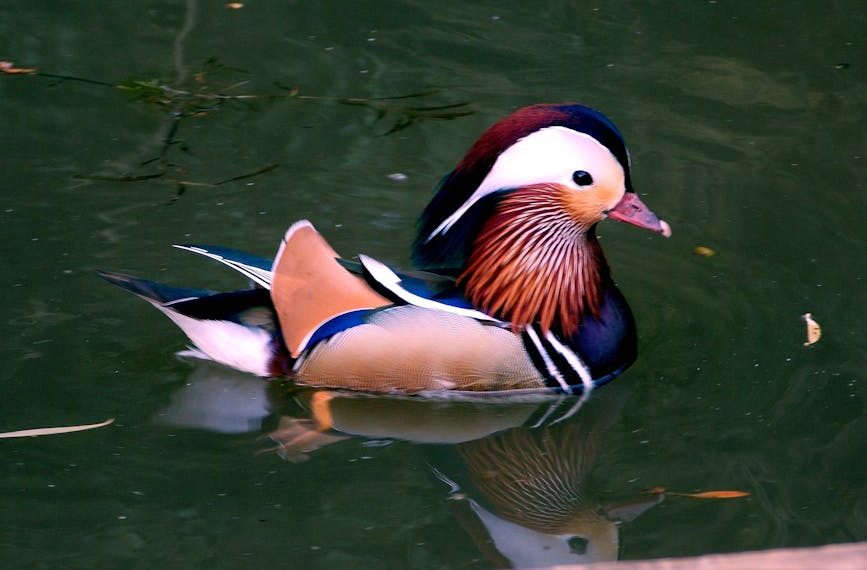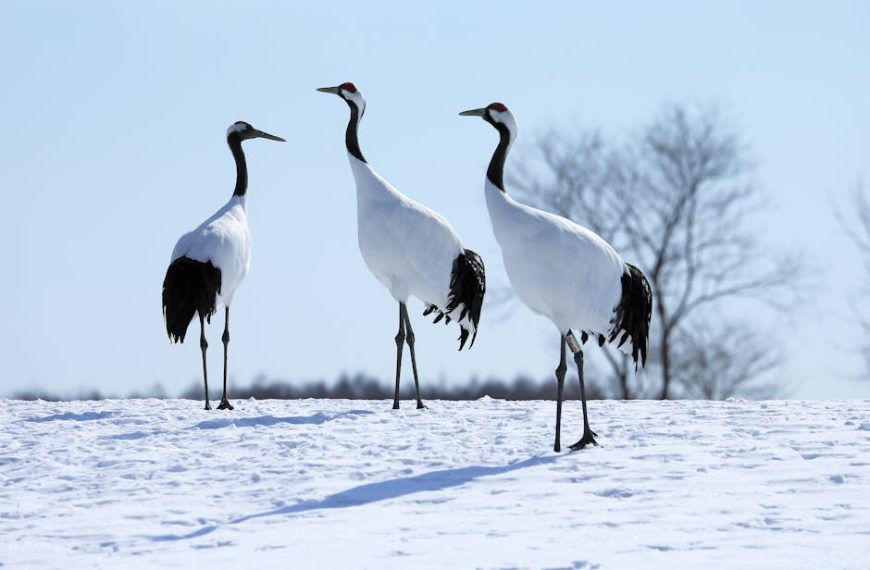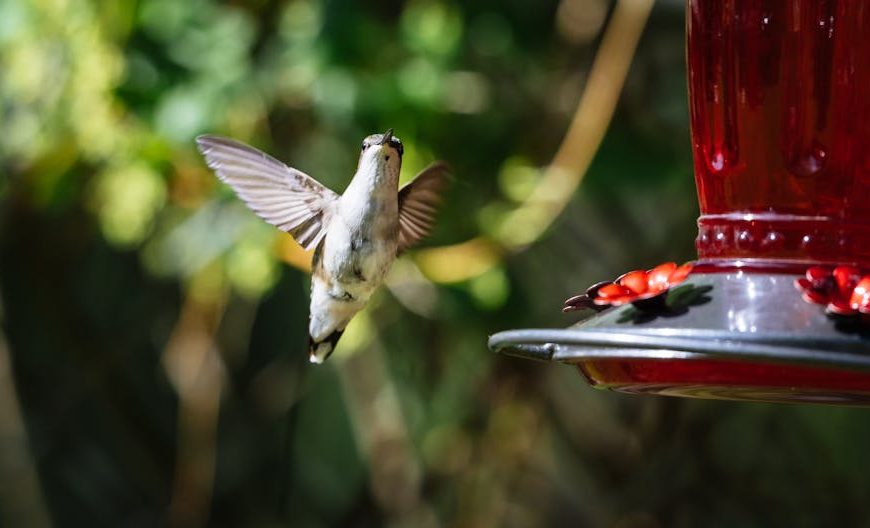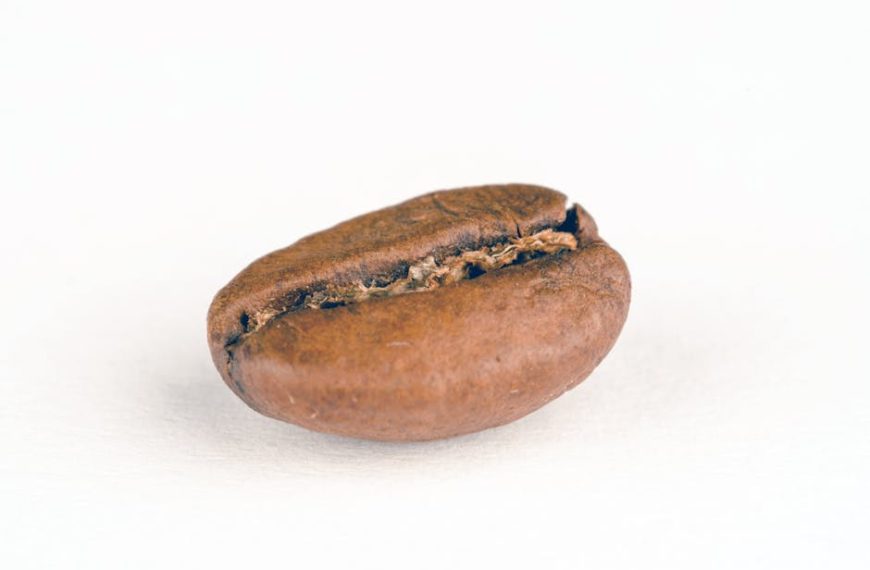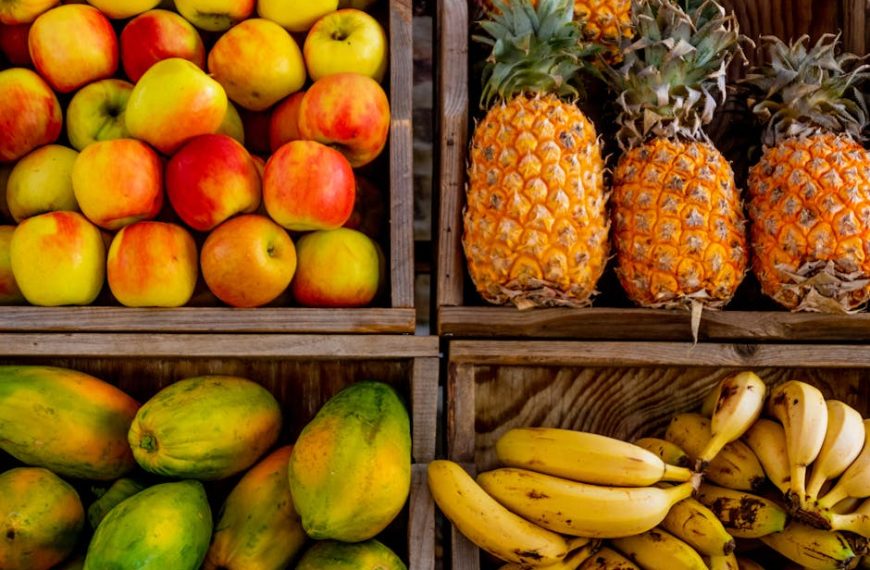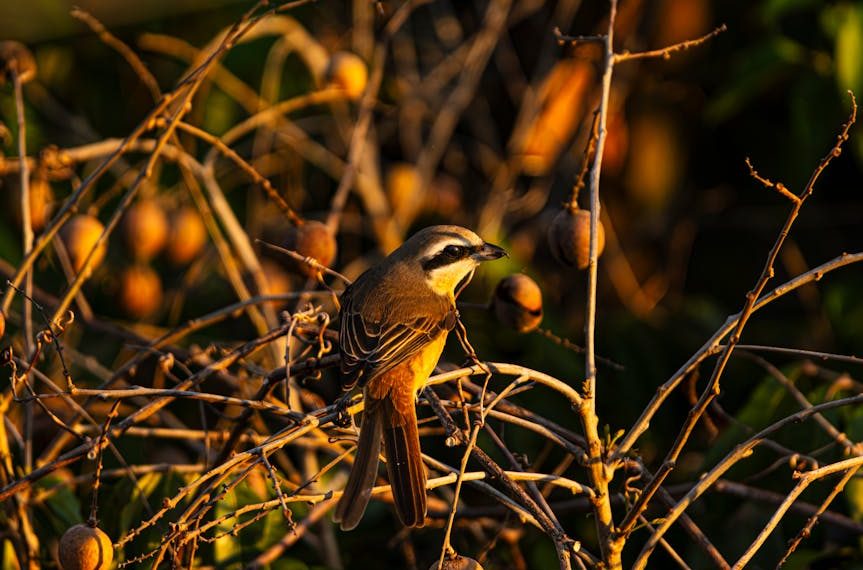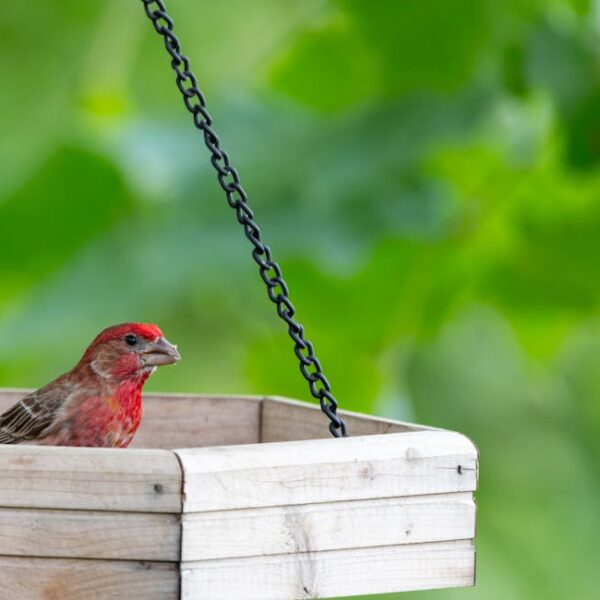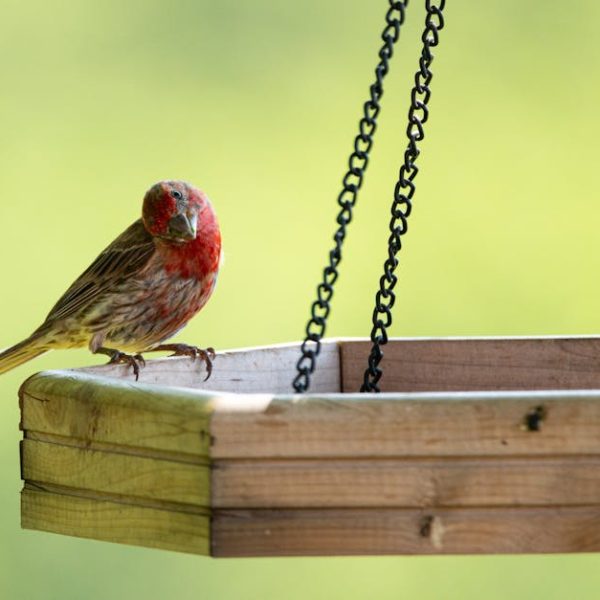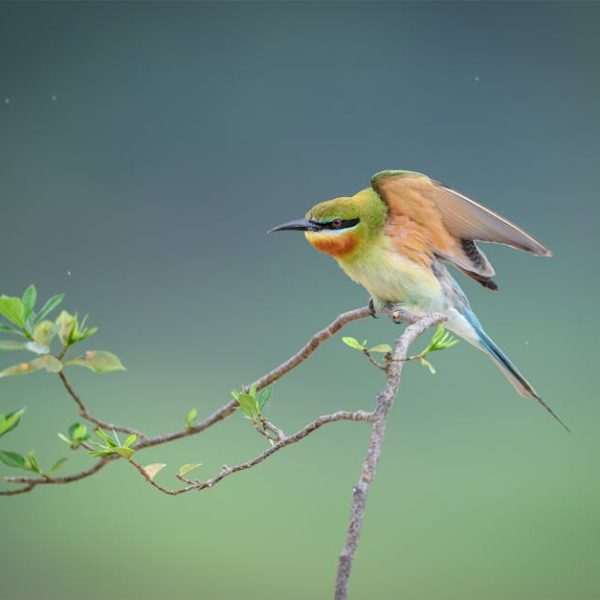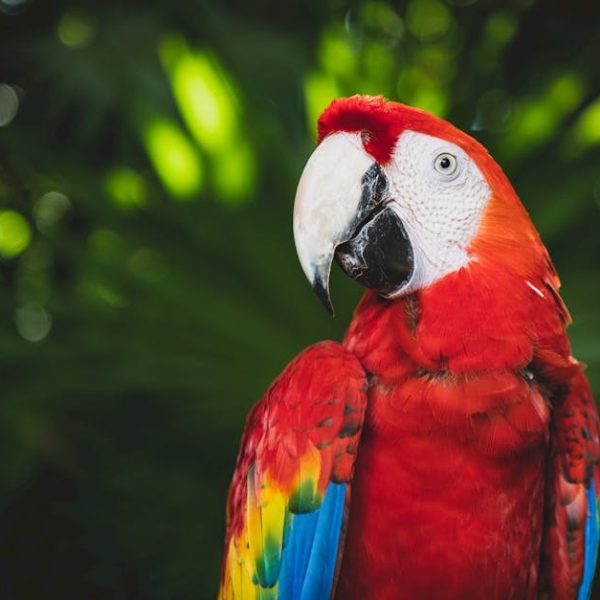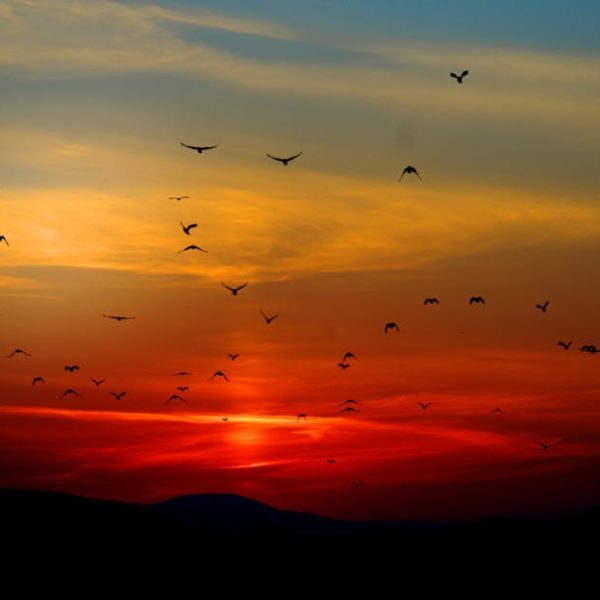Crafting the first version of the 1500-word article, starting with the introductory paragraph, would look something like this:
Birdwatchers throughout the world are occasionally puzzled by the question, how long does it take birds to find a bird feeder? It’s not a simple computation or equation but rather a blend of various factors that work in harmony. From understanding general bird behavior to tweaking crucial elements such as the feeder’s location and choice of bird seed, attracting our feathery friends is more art than science.
Factors Influencing the Time It Takes Birds to Find a Bird Feeder
Let’s start by addressing the components affecting the amount of time it takes birds to locate a bird feeder. Key aspects include the feeder’s location, the type of bird seed used, and the specific time of the year.
Certain places in your yard will usually yield quicker results than others, mainly if they are naturally appealing or familiar to your local bird population. For instance, a secluded corner may not be as inviting as a spot closer to a bush or tree, which can offer a sense of security and protection to visiting birds.
Likewise, the type of bird seed used can dramatically influence how swiftly birds discover your feeder. Certain bird species have particular dietary preferences, so using a seed mix that caters to those tastes can significantly expedite the discovery process.
Adding to these factors, the time of the year can also play a considerable role. For instance, during late spring and summer, when birds are actively foraging to feed their young, bird feeders are likely to be discovered quickly.
*Pro Tip:* Using bird seeds specific to the species prevalent in your area can be a game changer in the time taken for birds to find your feeder.
Placement Tactics to Attract Birds to a Feeder Quickly
Bird feeder placement is both a skill and a strategic process with a few proven methods known to attract birds swiftly. Firstly, the bird feeder should be positioned at a safe height, primarily to protect birds from possible predators such as cats.
Additionally, placing the feeder near a tree or shrub not only provides birds a quick escape route if they feel threatened, but also offers a natural staging area where birds can wait their turn, especially during peak feeding times.
Visibility is another critical element to consider when deciding the position of your bird feeder. If birds can’t see the feeder, they won’t know it’s there! Hence, make sure it is easily visible, which also makes it more accessible for the different bird species to drop by.
*Best Practice:* A bird feeder’s appeal is not just in its location; maintaining the feeder clean and well-provided with fresh seeds is crucial to keep attracting birds continuously.
This part of the article should stand at about 500 words. The following sections will delve into the best feeders and bird seeds to attract birds and avoidable common mistakes when setting up a bird feeder.
Best Feeder Types and Bird Seeds to Attract Birds
When it comes to bird feeders, diversity is indeed spice! While you may be tempted to pick the most visually appealing feeder, it’s crucial to consider the types of birds you wish to attract. Some birds prefer to eat from specific feeders, such as tube feeders, platform feeders, or window feeders.
Tube feeders are ideal for attracting a variety of smaller bird species, while larger birds might find platform feeders more accessible. Window feeders offer a unique close-up viewing experience but may primarily attract smaller, bolder birds comfortable with human activity.
Equally crucial is the type of bird seed you opt for. Some great choices to attract a diverse population include black sunflower seeds, cracked corn, or thistle seeds. Each type of seed caters to a specific bird culinary preference.
For instance, black sunflower seeds are a universal preference, attracting anything from sparrows to cardinals. Cracked corn is also versatile and alluring to various birds, including doves, jays, and blackbirds. Thistle seeds, however, cater to a particular clientele, such as goldfinches.
To have a clearer comparison of each type of feeder and seed, explore the table below:
| Type of Feeder | Pros | Cons |
|---|---|---|
| Tube Feeder | Attracts a variety of smaller bird species | Not suitable for larger birds |
| Platform Feeder | Perfect for larger birds | Lacks the security some birds desire |
| Window Feeder | Offers an attractive close-up view | Attracts mainly smaller, bolder birds |
- Checklist for success:
– Choose the appropriate feeder style considering the types of birds you want to attract
– Select suitable bird seeds according to the target bird species
– Keep the feeder replenished with fresh seeds
Common Mistakes to Avoid When Setting Up a Bird Feeder
While setting up a bird feeder can seem straightforward, avoidable mistakes can increase the time it takes for birds to discover a newly placed feeder. Here are some common errors to avoid:
One frequent mistake is the selection of an unsafe location. An area frequented by cats or other predators discourages birds, no matter how stocked and wonderful the feeder might be. An exposed, particularly windy spot might equally deter them.
Maintaining hygiene is equally critical. If a feeder is not adequately cleaned, harmful bacteria or fungi can form on remaining seeds, potentially leading to an outbreak of diseases among your visitors.
Finally, water is as much a lure as food for many birds. Setting up a water source near the feeder can attract more birds and ensure their regular return.
*Pro Tip:* Regular, thorough cleaning of the bird feeder is core to prevent disease spread, making your bird-feeding station an inviting place to visit.
How Long Does it Usually Take for Birds to Find a New Feeder
Patience is the word when you set up a new bird feeder. There is a wide timeframe within which birds may find your new feeder – it can range from a single day to a few weeks.
Birds, by nature, are cautious and may take a while to explore new additions to their environment, especially in suburban or rural areas. However, they are also excellent observers, and their keen eyesight and acute memory usually ensure they quickly spot a new food source.
Significantly, your feeders’ discovery relies heavily on the factors discussed in this article, precisely how well you consider your feathered friends’ preferences and safety.
*Best Practice:* Remember to be strong on patience during the waiting period and minimize disturbances near the feeder.
*Pro Tip:* A little bit of creativity can expedite the discovery process – consider hanging a wind chime or other safe, non-intrusive item to create additional attention to the bird feeder.
Birdwatching is a rewarding hobby that generates joy and peace by connecting us with nature directly at our home. Understanding and respecting your local bird community’s needs and behaviors will shorten the waiting time to enjoy your first guests, bringing life and color to your yard in no time!
Key Takeaway:
- The time it takes birds to find a bird feeder depends on various factors. Factors include the feeder’s location, the type of bird seed used, and the time of the year.
- Proper feeder placement that ensures safety, visibility, and accessibility might attract birds faster.
- Choosing a suitable feeder type and bird seed considering the local bird species can also expedite the process.
- Avoiding common mistakes like choosing an unsafe location, not cleaning the feeder regularly, or lacking a water source can help prevent delaying birds finding the feeder.
- Although it can take anywhere from a day to a couple of weeks for birds to find a new feeder, with patience and proper planning, birdwatching can be a rewarding hobby.
It is important to remember that birdwatching is not just about setting up a feeder and expecting immediate results, it requires patience and understanding towards the birds. With careful planning and maintenance, your bird feeder will soon attract various bird species and bring joy right at your doorstep.
FAQs
Q: What are some ways to attract more birds to my feeder?
A: Instantly attract more birds by selecting the right mix of bird seeds, providing a water source, and regularly cleaning your bird feeder. Additionally, placing the feeder near natural cover like trees or shrubs can also draw in more birds.
Q: How can I notice if my feeder location is unsafe for birds?
A: If the bird feeder is in an area frequented by predators or is exposed to harsh weather conditions, it is likely unsafe. Birds may avoid the feeder under such conditions, indicating it’s time to reconsider the feeder’s placement.
Q: How do different bird seeds attract various birds?
A: Different types of birds have different dietary preferences. For example, black sunflower seeds are popular with a variety of birds, while thistle seeds are typically preferred by finches. Do some research to find out what your local bird species prefer.
Q: Why is it important to clean my bird feeder regularly?
A: Regular cleaning prevents the buildup of harmful bacteria or fungi that can lead to disease outbreaks among birds. A clean feeder is also more appealing and makes a safer space for birds to eat.
Q: How can I shorten the time it takes for birds to locate the feeder?
A: To shorten the discovery time, hang a safe, non-intrusive item like a wind chime near the feeder to draw attention. Additionally, using bird seeds specific to your local bird species can also speed up the process.
Enjoy watching your feathered friends and making new discoveries every day. Feel free to share this insightful article with other birdwatchers and explore more posts on our website for in-depth information on birdwatching and bird feeders.
